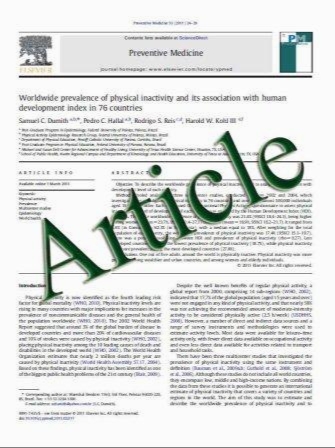Race, Socioeconomic Status, and the Use of Bariatric Surgery in Michigan
- نوع فایل : کتاب
- زبان : انگلیسی
- مؤلف : Nancy J. O. Birkmeyer & Niya Gu
- چاپ و سال / کشور: 2010
Description
Studies examining the characteristics of patients undergoing bariatric surgery in the USA have concluded that the procedure is not being used equitably. We used population-based data from Michigan to explore disparities in the use of bariatric surgery by gender, race, and socioeconomic status. We constructed a summary measure of socioeconomic status (SES) for Michigan postal ZIP codes using data from the 2000 census and divided the population into quintiles according to SES. We then used data from the state drivers’ license list and 2004–2005 state inpatient and ambulatory surgery databases to examine population-based rates of morbid obesity and bariatric surgery in adults according to gender, race, and socioeconomic status. There is an inverse linear relationship between SES and morbid obesity. In the lowest SES quintile, 13% of females and 7% of males have a body mass index >40 compared to 4% of females and males in the highest SES quintile. Overall rates of bariatric surgery were highest for black females (29.4/10,000), followed by white (21.3/10,000), and other racial minority (8.6/ 10,000) females. Rates of bariatric surgery were low (<6/10,000) for males of all racial groups. An inverse linear relationship was observed between SES and rates of bariatric surgery among whites. However, for racial minorities, rates of surgery are lower in the lowest SES quintiles with the highest rates of bariatric surgery in the medium or highest SES quintiles. In contrast with prior studies, we do not find evidence of wide disparities in the use of bariatric surgery.
OBES SURG DOI 10.1007/s11695-010-0210-3


